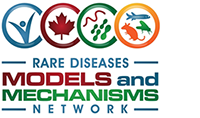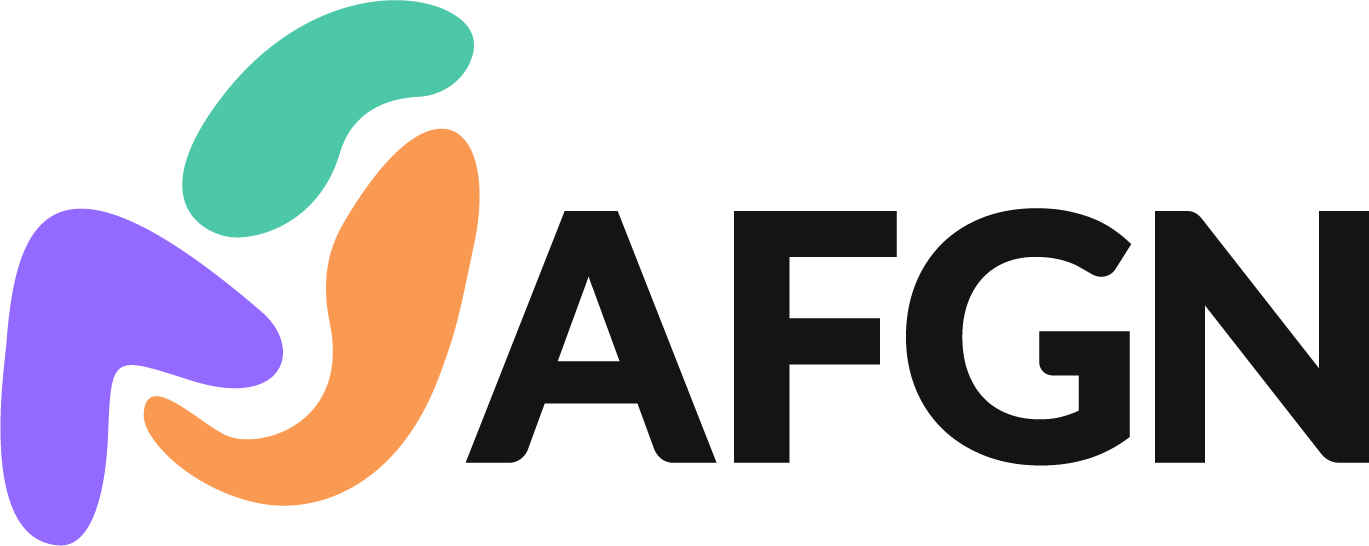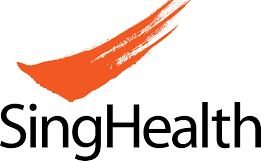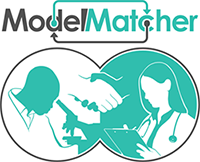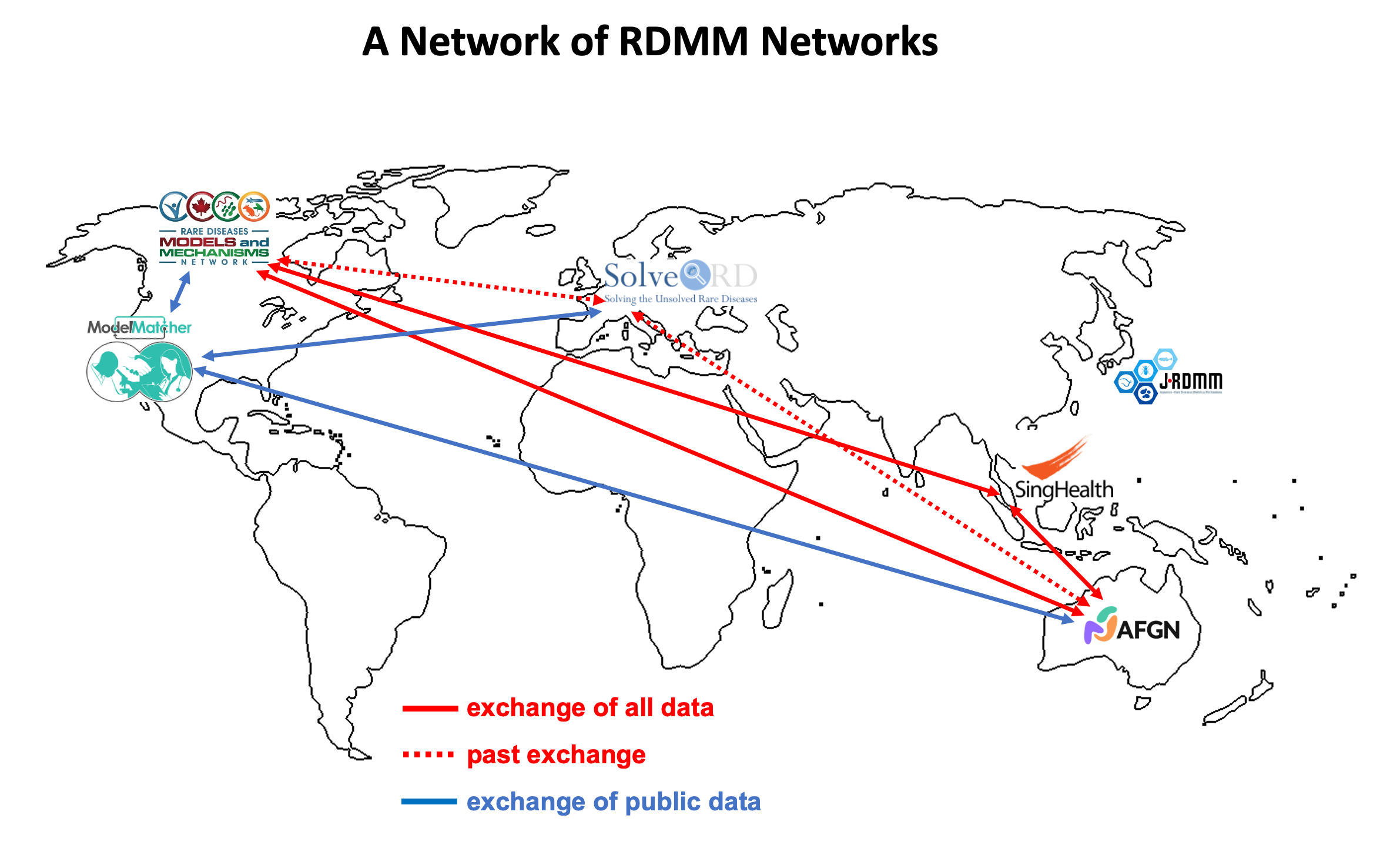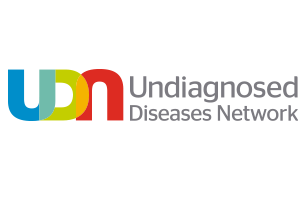Although rare genetic diseases are individually rare, they are collectively common, affecting as much as 3% of the world population. In aggregate, they present great healthcare challenges, contributing significantly to morbidity, mortality, and cost of care. The application of next-generation DNA sequencing technology has brought an unprecedented era of rare disease gene discovery (~300 new rare disease genes per year). Following a disease gene discovery by a clinician scientist, key immediate goals are to understand the underlying molecular pathways and the reversibility of the phenotypes in genetic and pharmacologic rescue experiments.
Model organisms (MO) provide powerful tools for investigating the mechanistic basis of diseases, for identifying and developing potential therapeutic interventions, and for evaluating new treatments. Therefore, it is important to establish efficient mechanisms for catalyzing connections, collaboration, and cross-talk between clinician and basic scientists, immediately following a new rare disease gene discovery.
In the past several years, several Rare Diseases Models and Mechanisms (RDMM) regional networks emerged, established to expedite collaborations between clinicians discovering new rare disease genes and model organism scientists (MOS) able to conduct immediate functional characterization of those genes. The collaborations facilitated by these networks not only help confirm the pathogenicity of variants and unravel the molecular mechanisms of rare diseases, but also test novel therapies, lead to high impact publications, long-term collaborations, and additional new funding opportunities.


